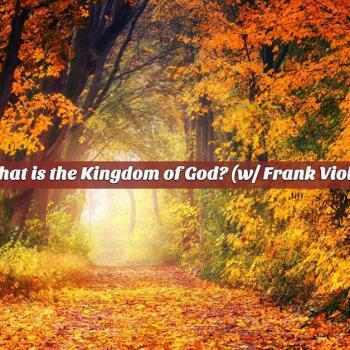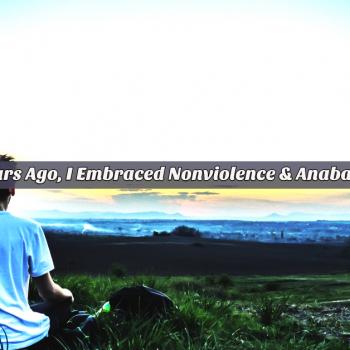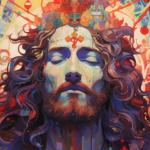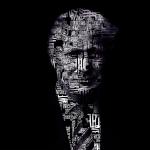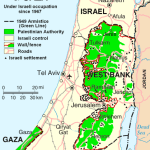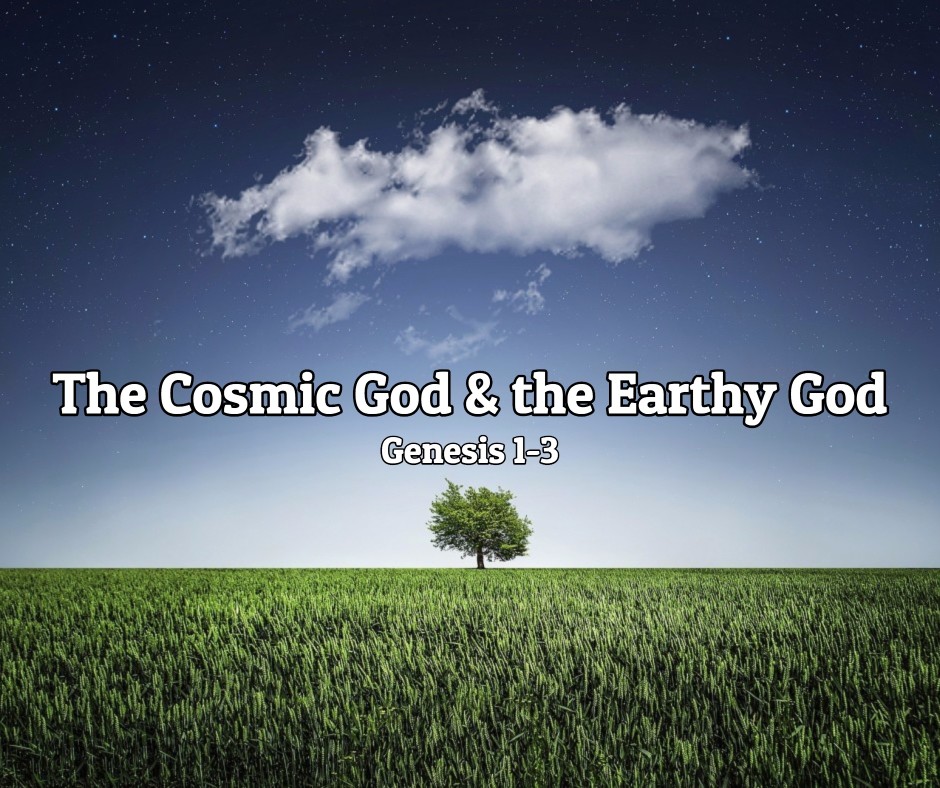
A text is never just a story; it is a story that keeps getting told. Stories, although often static in the medium of texts, evolve and expand. The ways in which certain passages are interpreted, not least in religious texts, are in an ongoing hermeneutical conversation. Meaning often evolves as circumstances warrant fresh applications and meaning-making mechanisms. This could not be truer in the case of Genesis 1-3. It is the goal of this essay to explore the differences in the two creation accounts, as well as their complementary value, in order to make sense of how this God was perceived as relating to humankind in general and Israel in particular.
These two creation myths (not meaning ‘untrue’ but rather a literary genre from the ancient world) were likely set side-by-side by the redactors of the Torah intentionally. They both complement and contrast each other in several significant ways. In order to understand the differences (and similarities), it will be helpful to note what scholars consider to be their own “creation” story. Each story stands on its own, but together, they make a distinct point as well.
Genesis 2-3 are the earliest of the two stories, coming from what is known as the “J” source. This story speaks of God as “Jehovah” or “YHWH” and finds its origins prior to the Babylonian exile. Walter Brueggemann suggests that it dates back near the time of Solomon[1] and the driving theme seems to be about ancient Israel’s striving for and subsequent loss of wisdom.[2] Adam and Eve function as the symbolic parents, not of all humanity, but specifically Israel. Adam is Israel. Certainly it has universal overtones, but as an ancient culture, it makes sense that it was a self-defining document in the form of a mythical origins story. It “was probably rethought and retold along the way as Israel grew and developed in its self-understanding.”[3]
The earliest forms of this story likely fit within the broad genre of Wisdom literature. Numerous parallels—too many to draw out here—can be observed with the book of Proverbs, for instance, in which maturity is gained by following the path of God but walking alternate paths in the quest of wisdom leads to folly. Israel, in the early telling of the story, is reflecting on how the mythical Adam (like the son figure in Proverbs) chose to circumvent God’s way of wisdom and rather grasped for it through other means. Lady Wisdom “cries out” (Proverbs 8.1) and “was formed in ancient times, at the beginning, before the earth was” (v. 23). If Proverbs and Genesis 2-3 are contemporary, perhaps Lady Wisdom is perceived to have already existed as “a tree of life to those who take hold of her” (Proverbs 3.18). If this is the case, perhaps Ilona Rashkow (in “Throw Momma a Kiss: Or Paradise Revisited”) has a point in searching for the typical “mother goddess” of ancient myth, but has the wrong referent in mind. Could the missing proto-typical mother goddess actually be the “tree of life”—Lady Wisdom herself?[4] The alternate tree, of course, is where the foolish path leads, which will result in a kind of death: exile.
Exile, in the imagination of the ongoing telling and construction of this narrative, is of course the natural result of an ongoing pattern of the folly of idolatry. In the post-exilic era, Adam and Eve’s striving for alternative wisdom is what led to Israel’s suffering and downfall. Adam is Israel in that Adam reached for wisdom in disobedience, and the conditions of the covenant were violated. Exile is the condition of being forced out of the garden-like Promised Land. The God who walks among them is the God who exiles them, but the God who remains with them even in an exiled state (as the story will unfold).
Genesis 1, then, is more cosmic in scope than the earthly tale of chapters 2-3. It has a poetic feel (repeated phrases, connected patterns, etc.) but also tells a story. Narratives in the Hebrew scriptures often use the sequential future verb form, which is true of Genesis 1, so this text is more than poetry. For this reason, scholars have called this a “poetic narrative” [5] or even a “liturgy.” [6] It was likely recited as an identity formation document. Genesis 1 does not seem obsessed with literal depictions, but with demonstrating major themes in a stylized manner, such as: God is the creator, humanity is created in God’s image, the seventh day is for rest, etc.
Genesis 1 is a later document, which probably was written by the priestly redactors (“P”) of the final form of the Torah. God is depicted as the arranger of the cosmos from chaotic pre-existent matter. The chapter assumes that creation is an act of taming chaos through ordering creation, rather than a specific ex nihilo moment. As John Walton and others have argued, this creation account assumes a sort of “functional ontology,” since the Hebrew bara’ always seems to be used in the sense of ordering things and assigning functions to them.[7] Walton offers a helpful translation of Genesis 1.1: “In the initial period, God created by assigning functions throughout the heavens and the earth, and this is how he did it.”[8] This is helpful for recognizing the way order and chaos work both literally and metaphorically. Literally (and I do not mean literal in the sense of historical) assigning functions to create order makes sense, but metaphorically it works at an even deeper level.
In the context of exile, Egyptian and especially Mesopotamian stories seem to both influence this text. The theology that dominated Babylon during the 6th century BCE taught a narrative about the nature of the gods and humankind. Genesis 1, written partly to make meaning out of the exile, counters any such claims. It is a polemic. The cosmic God is the source of all life and life is a product of goodness. In the Babylonian imagination, saturated as it was by stories like Enuma Elish, which told of how Tiamot (a goddess) was defeated by Marduk (her great-great-grandson) who tore her body in two using half to form the heavens and the other half to form the earth. Tiamot, in the story, personifies chaos that must be tamed through violence (in Hesiod’s Theogony, chaos seems to be personified as well), whereas the chaotic deep in Genesis 1 is depersonalized and tamed without warfare. Interestingly, some have demonstrated linguistic connections between the word “deep” (tehom) and Tiamot. The contrast—as polemic—is unmistakable. Chaos is a problem for all, but the God of Genesis 1 can assign functions and create order without bloodshed. Exilic chaos does not have the final word.
Then, of course, comes the way this God relates to humanity. In Genesis 2-3, the God is in the garden, in a fatherly personified state. In Genesis 1, the God is cosmic and powerful, but one who offers the image of the divine to the pinnacle of the creation project: women and men. In Babylon, women and men were the products of cosmic bloodshed and were thus ordered accordingly in an economic system where the gods were on top, then the elite, then the poor, and then slaves. If J. Richard Middleton is correct, against the practices of Mesopotamian ideology, the Genesis story is subversive as an identity creating document: “But whereas power in the Babylonian and Assyrian empires was concentrated in the hands of a few, power in Genesis 1 is diffused or shared.”[9] This God, relates to humanity (and specifically to post-exilic Judaea) in such a way to invite them to steward the divine image—and all of its intrinsic value—through how women and men continue to organize the chaos of their lives. Bearing this image invites a shared task of imaging the creator to the “very good” creation project, embracing their shared worth as human image-bearers through subverting the oppressive values of empire.
Bringing the two creation stories together, we see that the Priestly redactors likely saw the value of Genesis 1 as a foundational identity creating document over-against the values and oppression of Babylon. This identity of image-bearing as a vocation to steward the created order meant that chaos is ultimately tamed and ordered for the good of those who struggle in the midst of evil empires. Genesis 2-3, then, functions as a reminder of how losing their collective wisdom (perhaps Lady Wisdom is in mind here?) of fidelity to God alone ultimately led them into the oppression of exile. Together, the creation myths tell two distinct stories, that when paired side-by-side, create an alternative identity to the nations around them (while integrating elements of culture, no doubt) and a warning to not grasp for the metaphorical tree again. The cosmic God and the earthly God invite Israel into a better future.
—————————–
Check out my latest project, The Paulcast: A Podcast All About the Apostle Paul! (iTunes)
[1]. Walter Brueggemann, Genesis, Interpretation: a Bible Commentary for Teaching and Preaching (Atlanta: John Knox Press, 1982), 14.
[2]. The general insights on Adam and Eve come from: Peter Enns, The Evolution of Adam: What the Bible Does and Doesn’t Say about Human Origins (Grand Rapids, MI: Brazos Press, 2012). Connecting Lady Wisdom to mother goddess, etc., is my own reflection.
[3] Ibid., 141.
[4] I found myself mostly disagreeing with Rashkow’s essay, but her insistence that ancient myths usually feature a mother goddess reminded me of Lady Wisdom, which really does fit the Genesis story quite well.
[5]. Brueggemann, Genesis, 22.
[6]. John H. Walton, The Lost World of Genesis One: Ancient Cosmology and the Origins Debate (Downers Grove: IVP Academic, 2009), 91.
[7]. Ibid., 161.
[8]. Ibid., 46.
[9]. J. Richard Middleton, The Liberating Image: The Imago Dei in Genesis 1 (Grand Rapids: Brazos Press, 2005), 204.







